Quality Assurance & Quality Control | Definition-Difference-Methods-Process
When you are searching for issues about quality control, you may feel confused. Because sometimes you can see “quality assurance”. “quality control” and “quality assurance” sometimes are used in a mix. But actually, they are different and they shouldn’t be used with the same meaning.
What is Quality Assurance (QA) ?
Quality assurance is to plan production activities & requirements and ensure these requirements will be fulfilled in the whole developing and manufacturing process.
Take a new high-end watch production for example.
QA has to do watch research, evaluate watch design, analyze watch sales and business, contact clients specific requirements, etc. During these processes, QA can foresee the potential problems which haven’t yet happened to the watches. Then QA will pre-define the production processes and standards to prevent these problems.
What is Quality Control (QC)?
Quality control is a practical activity to inspect and test the products and the production process to ensure the finished products meet quality standards.
Still take the new high-end watch production for example.
QC inspect watches have been produced. QC finds and rejects defective products, like watches with scratches or painted the wrong color. These defective watches will be asked to rework to ensure the goods shipped to you meet your requirements.
Quality Assurance (QA) V.S. Quality Control (QC)
To have a better distinguish between QA and QC, their differences can be roughly divided into the following points.
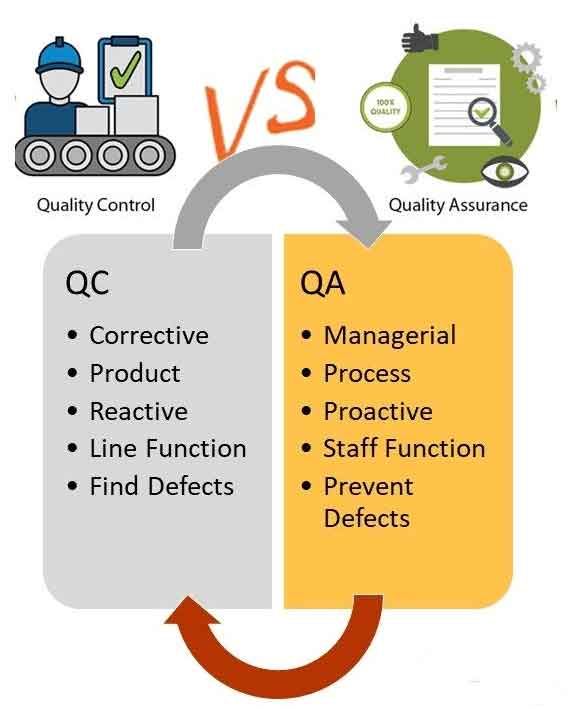
Source: ANAR
1. Different Focus
QA aims to prevent any quality problems before they occur on products. It is proactive.
QC aims to find & reject defective products when problems have happened. It is reactive.
2. Different Orientation
QA arranges production activities and standards in advance and ensures they are followed in the whole development life cycle of the project. Thus, it is a line function. It is process-oriented and relatively long-term.
QC inspects products when or after they are manufactured. It only involves the test phase of the life cycle. Thus, it is a staff function. It is result-oriented and relatively short-term.
3. Different Function
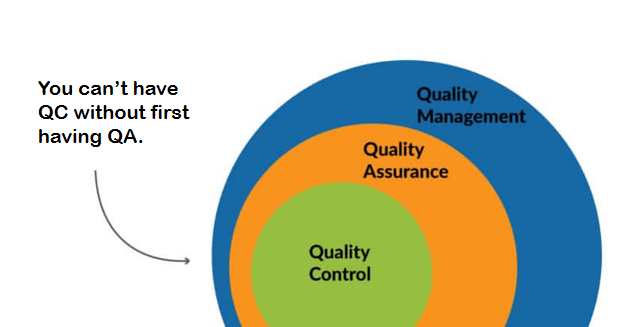
QA can be seen as a managerial tool. It can control and guide the whole development life cycle to assure product quality.
QC can be seen as verifying tool, finding and correcting defects before entering the market.
4. Different Responsibility
QA involves communicating with various people and departments to assure quality. So it requires a larger team to deal with different work.
QC mostly involves product inspection and testing in the factory to measure the quality. So it requires a smaller team specializing in product inspection/testing.
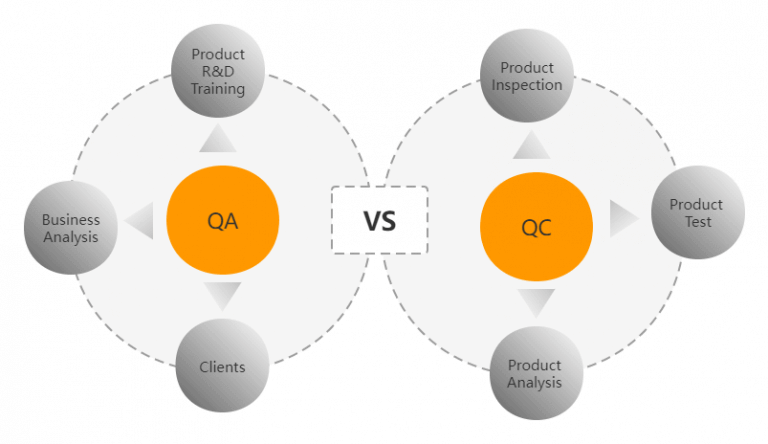
If QA is Done, is QC Still Needed?
If you want to develop a completely new product, and your team has made the production plans and established standards in “QA”, how can you ensure all these pre-defined things can be followed correctly and completely throughout the life cycle of the project?
The answer is that QC is usually conducted after QA is done. QA is more like making laws and regulations to prevent people from crimes. While QC is like a policeman to catch criminals when the laws and regulations are violated.
If the pre-defined processes and standards are not followed, there will be some problems with the products. Then QC measures the products to find and correct the defects. Therefore, QC is still needed after QA to ensure product quality.
What’s more, not all sourcing projects require QA, but nearly all need QC. If you purchase some common goods, like cups and bottles, or if you just do some simple customization like logo, having QC inspect the goods in different sourcing phases is enough.
Quality Control Methods
QC is an essential process to ensure the products finally meet your requirements and compliance. How does it work? There are three common methods.
- Inspection – Inspect the products or services based on specified requirements to ensure conformity.
- Testing – Test the products, maybe testing in a lab, when there are special safety and compliance requirements, like CPSIA.
- Statistical measures – Uphold quality standards through measures like sampling, calculating probability, etc.
The most common way is product inspection. It can occur at each step of production to filter the defects, analyze the reasons and make improvements. The two general types of inspection are most commonly used, 100% inspection and sampling Inspection.
100% Inspection
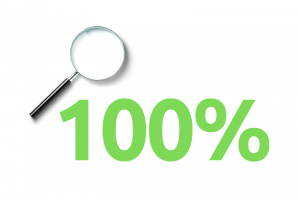
100% inspection means a piece by piece check of each item including appearance, workmanship, function, safety, compliance, package, etc. Usually, these products are high-value or require particular attention to be compliant with the specification.
Sampling Inspection

Sampling inspection only tests a selected quantity of products. The inspection result will decide whether to accept or reject the entire unit. Sampling inspection is commonly used at every different stage of manufacturing quality control. It can save money and time for your business with relatively reliable results.
Acceptable Quality Level (AQL)
AQL is the standard of sampling inspection. It tells you how many defective products are considered acceptable. For example, AQL 2.5 is about a 5% defective rate. And you can discuss AQL with the supplier according to your products.
In AQL, there are three general inspection levels (I, II, and III), and Level Ⅱ is used the most frequently. Sampling inspection plans are made according to AQL. For example, if you tell the quality inspectors AQL 2.5, general inspection level II & lot size 80, they will help make the final sampling inspection plan according to the following two charts.
Jingsourcing can help you with quality control:
- Cost $5 per man-hour & only one service fee.
- Support 100% inspection & Sampling inspection.
- Customer-oriented, not manufacturer-oriented.
Quality Control Process
To ensure product quality, from supplier selection to product warehousing, each step may require quality control. Typically, there are four quality inspection types in the overall process.
Depending on your products, your suppliers, your cost, and other factors, you can choose what you need. However, it is important to keep in mind that skipping all the inspection stages before shipment may lead to loss due to flawed outputs.
Pre-Production Inspection (PPI)

Source: qualityinspection
As the name suggests, PPI is conducted before the production starts. When you start working with a new supplier or sign a very large contract, PPI is especially important.
PPI can help you:
- Measure whether the manufacturer’s ability meets your needs.
- Ensure whether the manufacturers know your requirements.
- Verify whether the supplier is ready for production.
- Know the production schedules clearly, like production timelines, shipping dates, etc.
- Access the quantity and quality of raw materials and components.
The things PPI usually check:
- Factory’s production lines & capability
- Factory’s facilities & equipment
- Raw materials & components
- Prototypes & samples
- A first product
As the saying goes, a good beginning is half the battle. All these can help you reduce the risk of the supply chain being disrupted and save your energy by reducing later communication with your suppliers on these issues.
But PPI doesn’t mean you can ignore future production. It does have some limits. For example, a deceptive factory may change machinery or raw materials in the future production process, which PPI can not inspect. For these, the inspection during production might be more useful.
During Production Inspection (DPI/DUPRO)

Source: qualityinspection
DPI is conducted while production is underway. If your products have strict quality and compliance requirements, DPI is particularly useful. If you have found some quality problems during PPI, DPI is quite necessary.
DPI usually takes place when only 10-15% of products are completed, so that any quality problems can be timely found and solved to avoid delays and rework.
- Under this range may consider checking too early. Because the first finished products are not much and can not represent the average quality.
- Over this range may consider checking too late. Many factories in China are mass-produced. When 60% of the products are finished, maybe another 30% of the products are being produced. If you just conduct DPI at this time and find some quality problems, they may already appear in 90% of the products.
If most of the products need to be reworked, delivery time will be delayed and costs will increase. Thus, you’d better inspect products at each key production process to ensure that the operation at each stage meets the requirements.
For example, if you want to manufacture a metal box that requires injection molding and painting. Then you’d better inspect each of the three stages to find and solve any possible problems, like whether the mold size, the assembly method, and painted color are correct.
The things DPI usually cover:
- The production status during manufacturing
- A random sampling of semi-finished and finished products
- Timeline checking
- Package and packaging material checking
However, PPI and DPI are both limited. There may be still some hidden problem. What’s more, Chinese factories tend to complete labeling and packing at the end of production. Thus, a DPI should be followed by a final random inspection (FRI).
Pre-shipment Inspection (PSI)/ Final Random Inspection(FRI)
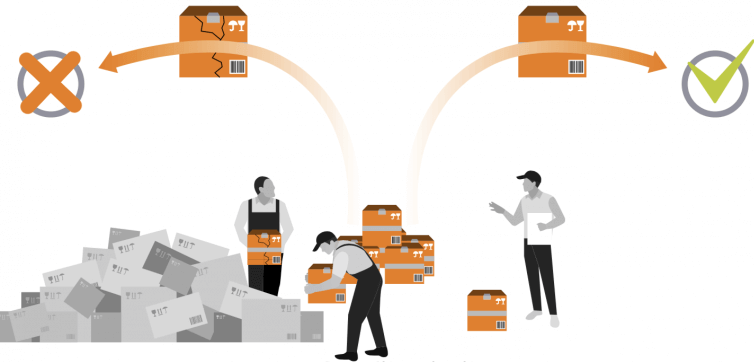
PSI is done on finished products when at least 80% of an order is packed and ready for shipment. Products are checked at random before they are shipped to inspect defects according to the standards and specifications. This is your last chance to take corrective actions before the product is shipped.
The things PSI usually cover:
- Quantity verification – Count the shipping cartons to verify the correct quantity.
- Conformity Verification, like size, color, weight, materials, marking, labeling, etc.
- Cosmetic & Workmanship inspection – Sampling inspection to find any visible defects.
- Function & Safety Test, like electrical safety testing.
- Issue reports for import and billing.
Amazon FBA Inspection
Amazon FBA Inspection is a typical pre-shipment inspection of goods shipped to Amazon. It is also conducted when the products are packed and ready for shipment. Your products have to fulfill the Amazon product checklist before they can be listed on the Amazon store.
Amazon FBA inspection can ensure that your products will not be rejected by the Amazon warehouse because of any Amazon FBA requirements. Also, it can help reduce the chances of bad product reviews which may cause huge losses to your Amazon stores.
Container Loading Supervision (CLS)
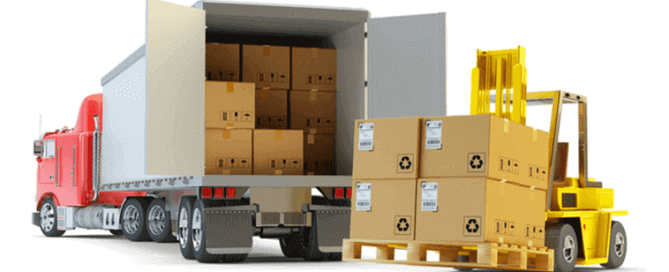
CLS is done before shipping when the finished goods are being loaded into the containers at the factory. It can ensure the goods are handled correctly and arrive at the final destination safely.
CLS helps you:
- Reduce the impact of the transportation process on the quality of the goods.
- Avoid damage to the goods due to poor stacking.
- Save cost by minimizing breakage & maximizing container space utilization.
- Verify the right goods are loaded into the containers (no substitution).
- Check the total quantity of the products (no missing)
The things CLS usually check:
- The container loading conditions (weather, arrival time, track number, etc)
- Container condition (safety & cleanliness).
- Loading supervision (correct goods handling procedures)
- Product quantity & quality
- Packaging & Labeling (shipping mark, carton dimension, gross weight, etc).
- Documentation verification (seal number)
Conclusion
We are a sourcing company with rich experience in purchasing from China. We can help you with quality control during each stage of importing. Sampling inspection and 100% inspection are both available. $5 per man-hour, low price but high efficiency to reduce defect rate. No charge for a second inspection if the first inspection result is a fail.
We not only inspect the goods but also communicate the repair or rework solutions with suppliers. So feel free to CONTACT US. Let us help you ensure your product quality. We are always on your side instead of the manufacturers.
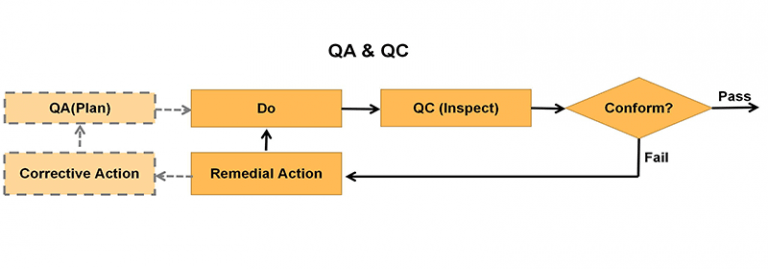
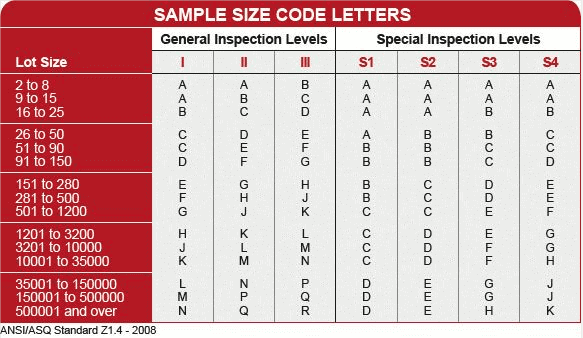
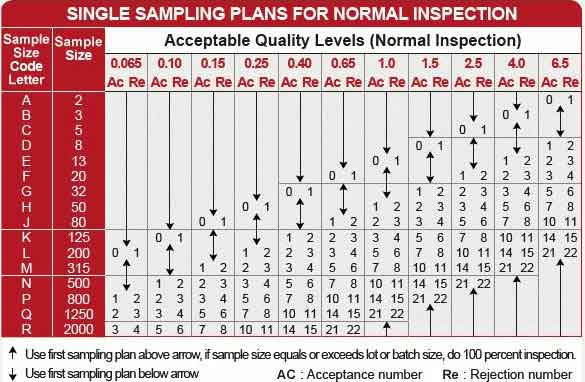


Leave A Comment